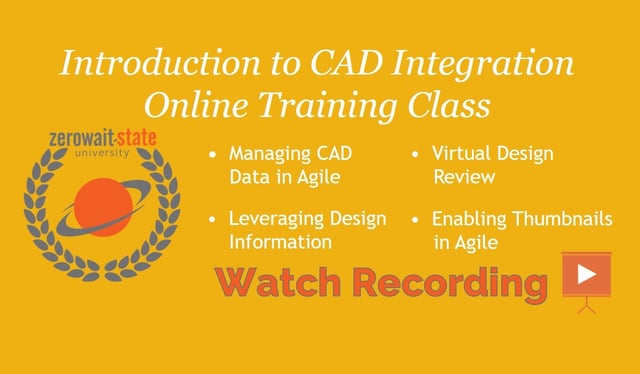I received a comment on one of the earlier articles from a consultant who was excited because my first article highlighted the need for his services. There are a lot of companies that claim to emphasize value and offer audits to help you identify inefficiencies and quantify value. I have yet to see one of the formulaic solutions that really works although I am sure there are some strong offerings out there. As we discussed in the previous article, you tend to get what you pay for in this area. "Hired Guns" can be very helpful in cleaning up a sloppy product development process. If they are qualified and knowledgeable, they can be very useful, but they can also be expensive time wasters if you do not follow some key rules when bringing them in. We can learn a lot from the lessons of the western movies. "High Plains Drifter" and the [original] "Magnificent 7" come to mind. You need to avoid being swayed by a quick draw or a flashy set of Colts and take true measure of your resources. In this article we will highlight some best practices in selecting external resources and how to maximize them to assist with value assessment for PLM.
Probably one of the biggest mistakes made when bringing on the "hired gun" is taking them at face value. Back in the old west it was difficult to check references and reputations were built on a significant amount of mythology, rumor and just plain gossip. It's not much different today with flashy web sites, cool PowerPoint presentations (oxymoron?) and slick diagrams. It is easy to be swept up in style versus substance only to find out when the bad guys hit town the "hired gun" is out the door. Fortunately, in today's business climate you have much more opportunity to research your partners. The key to selecting an external resource is to interview the actual person that will be working with you and understanding their experience level. Usually, in a paid engagement, companies will provide a qualified resource but in the PLM industry, qualified resources can be a little hard to find. There are people who know a little about a lot and some that know a lot about a little. To be effective in the roll of assessing a company's product development process and devising an approach to continually quantify the value from optimization via a PLM, you need a very experienced resource with good communications skills. There are several ways to identify these types of resources:
- Talking with the specific person that will be working with you is a good start.
- If you have time, interviewing previous clients would also be prudent.
- Finally, seeing some sample work from previous engagements would be ideal if
it is available.
The main thing is to not take things at face value. Companies can spend a lot of time packaging solutions but deliver very little value. Ultimately having a handle on who you are working with and what they are capable of will increase the odds of success.
The other pitfall of the "hired gun" is focusing on the event instead of the process. The problem with this, just like in "High Plains Drifter", is that once they are gone you are back where you started. You really need to emphasize with your resource that the deliverable is the process not the results. You are looking for assistance in creating an infrastructure to continually measure process and quantify value versus just having someone come in and review your process and tell you what is wrong with it. Most consulting companies are not geared for this approach. They have developed templates and questionnaires to identify issues but they are not set up to teach you how to do this yourself. The problem is that measuring value is an ongoing activity not an event. You will want to constantly monitor how your product development process is performing and be able to make decisions based on this information. Having a vendor come in periodically and assess things is not ideal and could get very expensive. Having a methodology in place to take measure of how things are working is more likely to yield the results you seek. So in the end, you are looking for your "hired gun" to teach you how to defend yourself versus having them fight your battles for you.
The last potential issue involving the "hired gun" is company participation. This is somewhat related to the previous paragraph, but the mindset is that since an external resource is conducting the assessment, no one from the company needs to be involved. Company participation is key to any type of value assessment and the only way to ensure proper participation is to fully understand who needs to be involved and to what degree. Having specific roles identified is crucial. Most competent consultants should have a good handle on this but you will need executive sponsorship within the company to make it happen. Executive sponsorship at the proper level ensures all elements of the company that need to participate will do so and will provide the necessary input to get an accurate picture of status quo process. Without this sponsorship, departments may balk if they are not clear on how participating benefits their group or may not feel like they have the time. Many times we have seen the "hired gun" standing alone without the backing of the town and failing. Strong management support is vital to ensure success.
At the end of the day, it comes down to three things: due diligence; a process instead of an event; and strong company support. If you have these three elements, things will more than likely end well for you and the “hired gun” riding off into the sunset, knowing the job has been done well and the company is safe and sound and better off from the experience.
[Updated and edited: repost from 2010]



